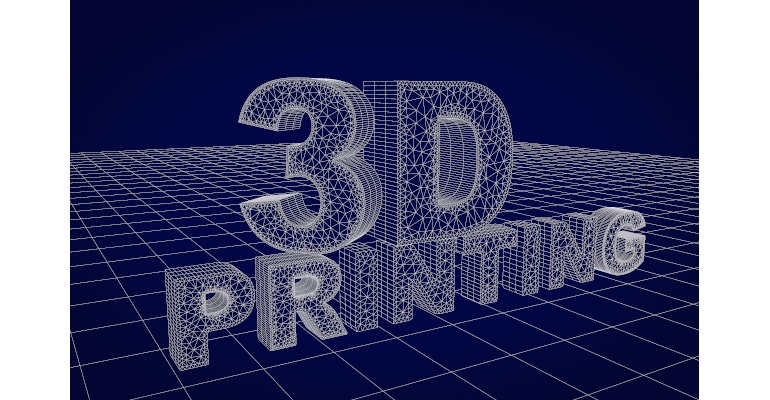New 3D Printing Technique Prints Glass for Microstructures
A computed axial lithography method for producing entire objects simultaneously could fill manufacturing needs for complex optical parts.
May 26, 2022

Researchers have developed a novel way to 3D-print glass microstructures that could fill a need in manufacturing to create small glass objects with high optical quality, design flexibility, and strength, they said. A team at UC Berkeley partnered with researchers at the Albert Ludwig University of Freiburg, Germany, to expand upon a polymer-based 3D printing technique called computed axial lithography (CAL) that they developed three years ago. The new system, which researchers call micro-CAL, can print finer features as well as use glass as a printing material.
Glass is used in numerous microscopic objects, such as the lenses in compact cameras found in smartphones. However, it’s been traditionally slow and expensive to fabricate in current manufacturing processes, which also are limited in terms of the scope of applications for which they can provide high-quality objects.
Rather than build up objects from thin layers of material—like typical manufacturing processes—the CAL method takes a different approach. It uses a laser to project patterns of light into a rotating volume of light-sensitive material to 3D-print the entire object simultaneously. This saves time, smooths out the surface texture, and also allows for complex geometries in a way that’s not possible in traditional manufacturing methods, researchers said.
Evolution of 3D Printing Process
Micro-CAL evolves this process to print objects on a much smaller scale, with features down to about 20 millionths of a meter, or about a quarter of a human hair’s breadth, said Hayden Taylor, principal investigator and professor of mechanical engineering at UC Berkeley. It also adds glass as a material that can be used in the process for printing these tiny objects when previously only polymers could be printed using the method, he said.
To print the glass, Taylor and his research team collaborated with scientists from Freiburg—specifically, they used a special resin material containing nanoparticles of glass surrounded by a light-sensitive binder liquid that the scientists in Germany developed.
In the micro-CAL process, digital light projections from the printer solidify the binder, then the printed object is heated to remove the binder and fuse the particles together into a solid object of pure glass, researchers said.
“The key enabler here is that the binder has a refractive index that is virtually identical to that of the glass, so that light passes through the material with virtually no scattering,” Taylor said in a press statement.
Researchers published a paper on their work in the journal Science.
Strength, Complexity Gains
Tests that researchers ran on the glass objects printed with the technique demonstrated more consistent strength than those made using a conventional layer-based printing process, researchers reported. Taylor attributed this strength to micro-CAL’s ability to make objects with smoother surfaces than the ones printed by layer-based 3D-printing processes, which he cited as an advantage to the novel technique.
“Glass objects tend to break more easily when they contain more flaws or cracks, or have a rough surface,” he explained in a press statement.
Another benefit is that manufacturers can use the technique to print glass objects with more complex geometries, Taylor said. This is a boon for manufacturers of microscopic optical components, which are a key part of compact cameras, virtual-reality headsets, advanced microscopes, and other scientific instruments, he said.
“Being able to make these components faster and with more geometric freedom could potentially lead to new device functions or lower-cost products,” Taylor said.
About the Author(s)
You May Also Like



